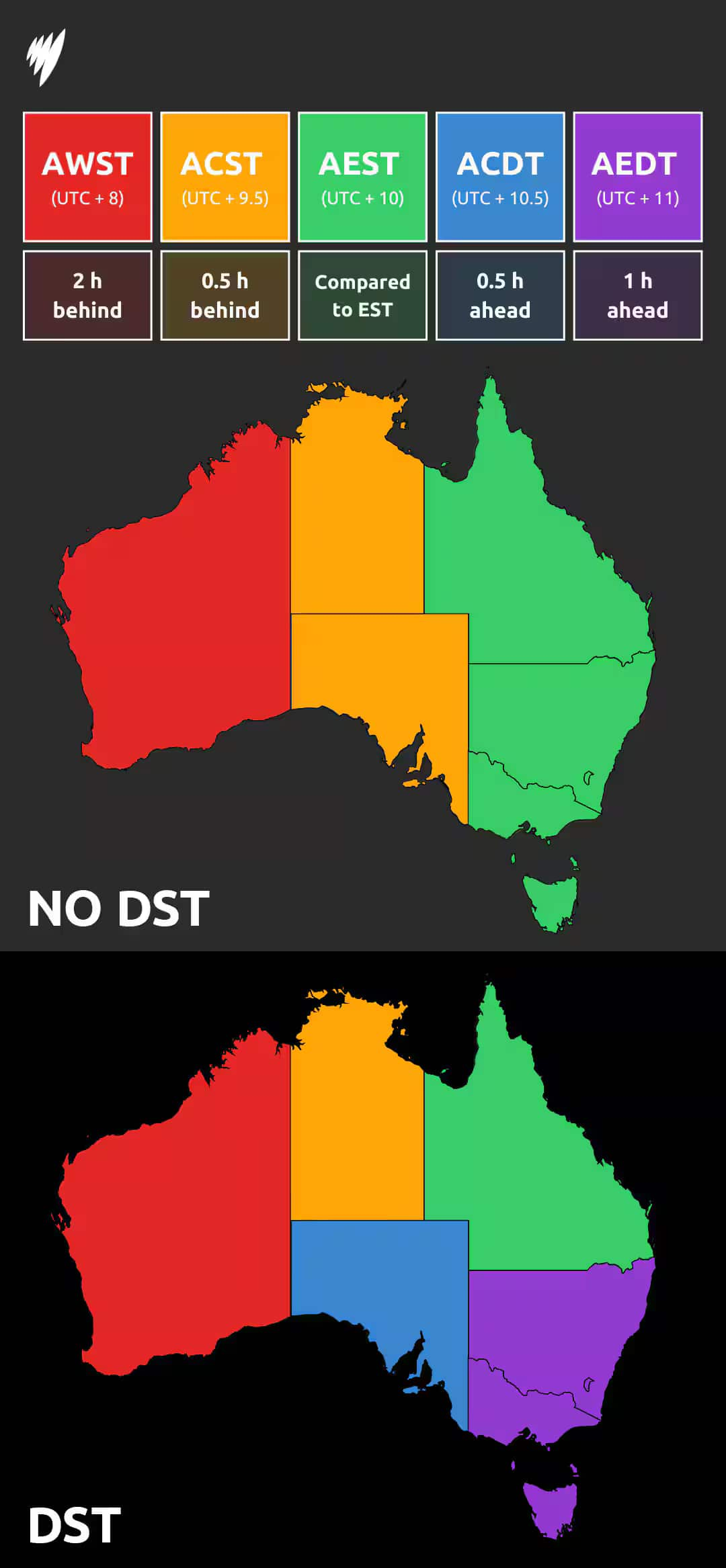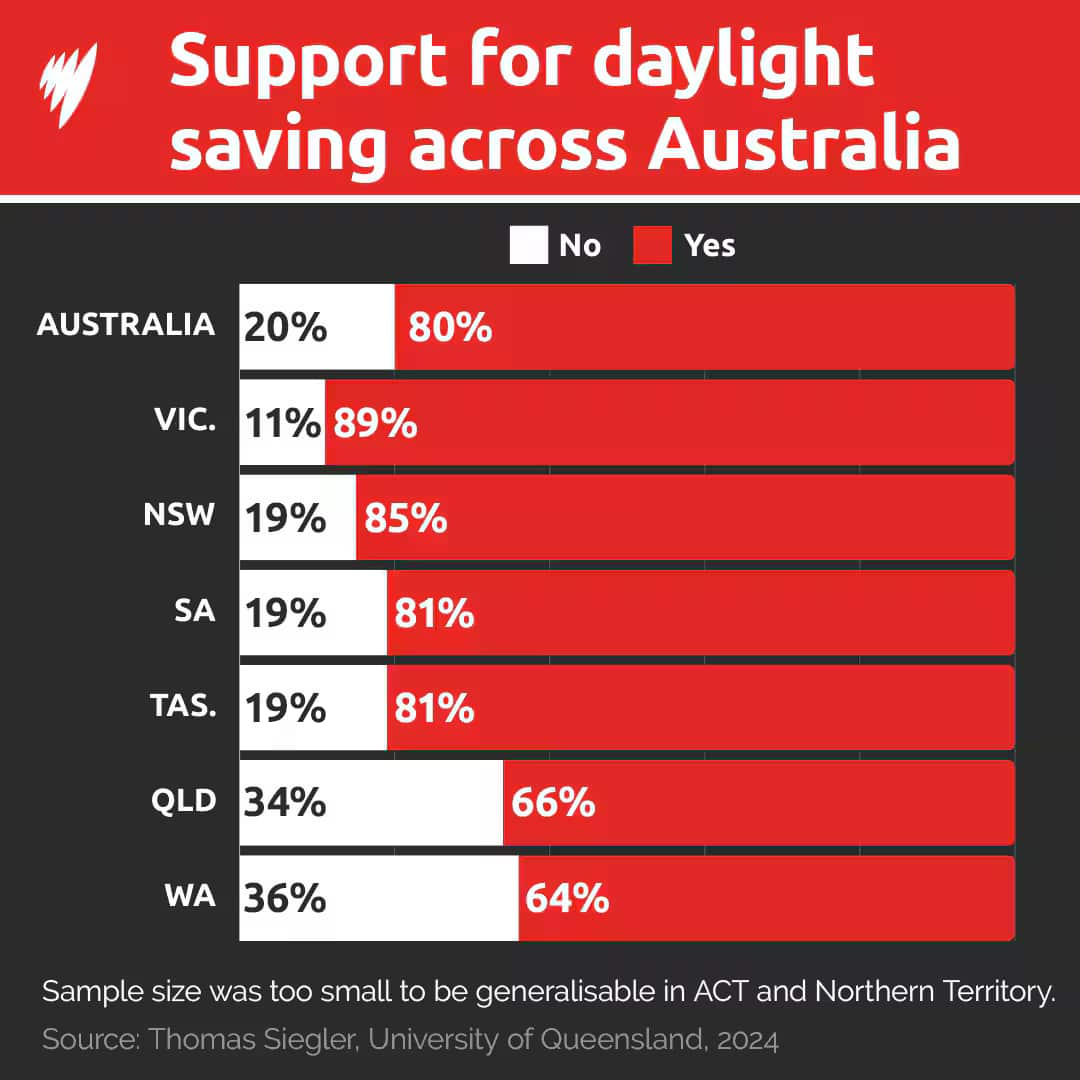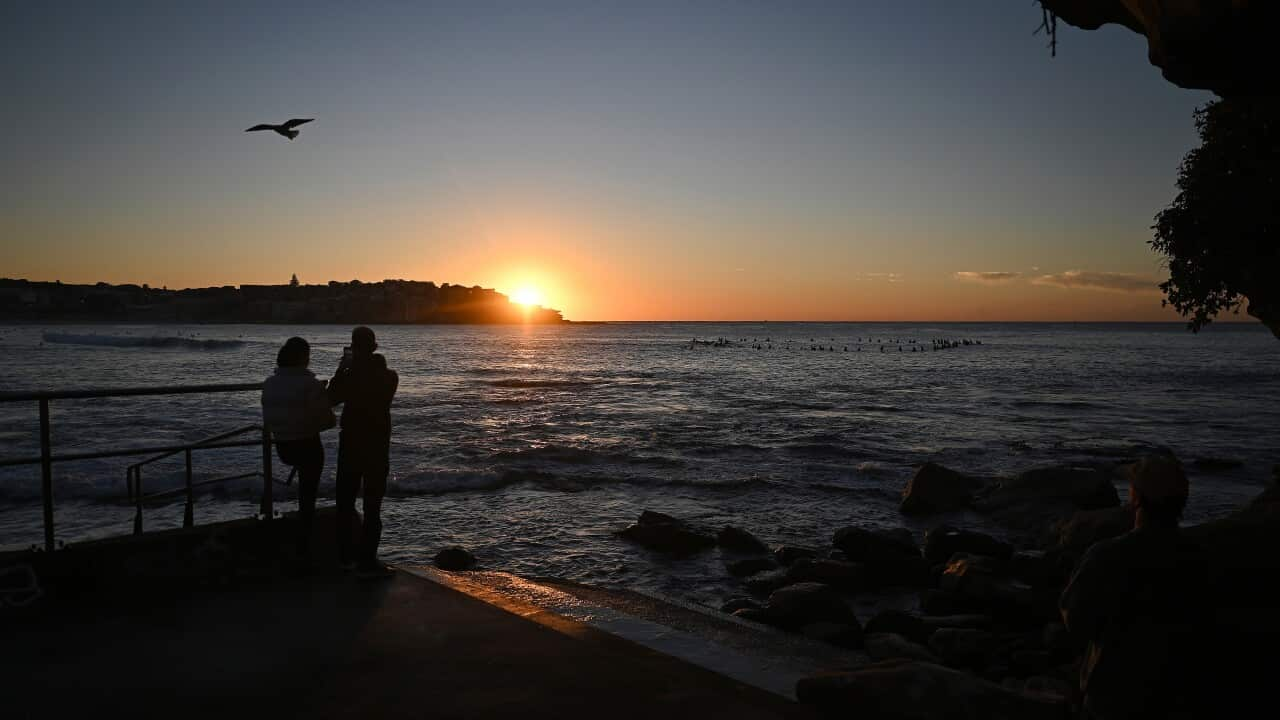On Sunday, many Australians will lose an hour of sleep as daylight saving time begins.
It signals summer is edging closer and brings the promise of longer daylight hours — perfect for soaking up the sun after you clock off work.
But the clock change also risks putting some pressure on your body and circadian rhythm as it adjusts to its new normal. Here's what you need to know.
When does daylight saving start in 2025?
Daylight saving time will start on Sunday 5 October at 2am AEST.
At 2am, clocks will roll forward one hour to 3am, stealing an hour of sleep in the process.
Daylight saving time typically starts each year on the first Sunday of October and extends to the first Sunday of April, when clocks are set back one hour.
Wait, are clocks rolling forward or backwards?
Forwards.
In doing so, you'll gain an extra hour of sunlight in the afternoon, with the sun setting an hour later on your watch.
It means that in the evenings, you'll have more daylight time to enjoy that summer sun.
But on the other hand, it will mean your mornings will have a lot less light than usual, which could make early morning wake-ups more difficult.
Which states and territories observe daylight saving?
Not every Australian state and territory adopts daylight saving time. Over the past 50 years, several Australian jurisdictions have voted for or against using it in their region.
NSW, Victoria, South Australia, ACT, and Tasmania all observe daylight saving.
But Queensland, Western Australia and the Northern Territory don't.
Professor Tim Bedding from the School of Physics at The University of Sydney, who specialises in stellar oscillations, said geography is a key factor in decision-making.

Daylight saving time is not observed in Queensland, Western Australia, or the Northern Territory. Source: SBS News
"In a large geographically and climatically diverse country, one size does not necessarily fit all and should not be imposed upon all."
Once daylight saving time kicks in, Australia goes from having three time zones across the nation to five.
Is daylight saving bad for your body?
When daylight saving time kicks in, we lose an hour of sleep. It might not sound like much, but the shift also risks putting stress on our bodies.
The Sleep Health Foundation says losing an hour of sleep in October can be more challenging to adjust to than gaining an hour in April. That's because our circadian rhythm — or our internal body clock — is timed to match light and darkness and can be thrown out of sync when the clocks change.
"Our internal body clock or 24-hour circadian rhythm will have to adjust to the time shift," it says on its website. "Although most people will do this without any problem, we do need to be aware that there is an increased chance of sleepiness while the body adjusts to the new time frame."

A 2024 survey found overwhelming support for daylight saving time across Australia. Source: SBS News
But other research suggests the change in times is a good compromise between early and late risers.
Research from Flinders University also found no significant evidence daylight saving time resulted in long-term sleep loss or impaired sleep health and daytime functioning.
Report author and sleep expert emeritus professor Leon Lack said: "Our research suggests that even if the initial transition into DST may present challenges, any negative effects appear to subside within one to three months at the most."
How can you adjust?
To help adjust to daylight saving time, there are a few easy changes you can make, according to Lack and his research partners.
- Start your day with sunlight. Especially in the mornings leading up to and after the clocks move forward.
- Limit afternoon caffeine. Try and avoid coffee or tea after midday so it doesn't keep you up at night.
- Eat a healthy breakfast and exercise regularly. Breakfast will help reinforce your wake-up time, while regular physical activity (not too late in the day) can promote better sleep.
- Reduce screen time before bed. Put the phone away and dim the lights about two to three hours before bed to support your circadian rhythm.
- Plan for post-daylight saving rest. Expect a slight disruption after the clock change, and if needed, take a 15-minute power nap to recharge.
When does daylight saving end?
On Sunday 5 April 2026, when clocks roll back to 2am AEST.
Share


